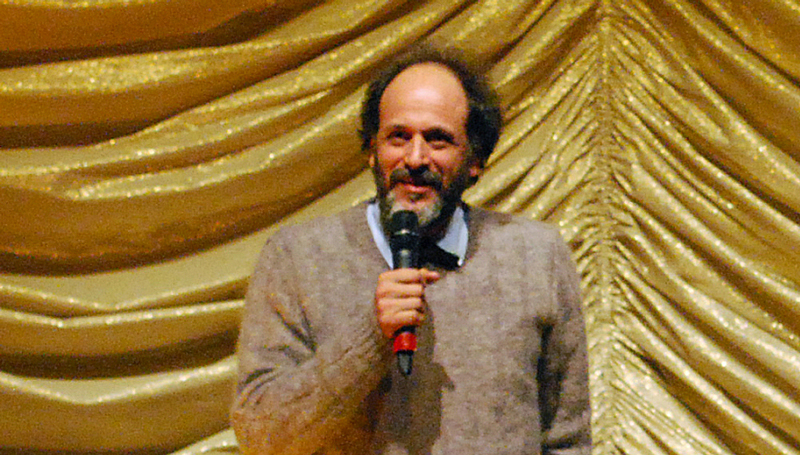
By comparison, Guadagnino’s most recent films bring their respective influences to the forefront: the frank European romances of Pialat and Rohmer suffuse Call Me By Your Name with a distinctly occidental sensuality, while Rainer Werner Fassbinder’s mature output of the mid-70’s is refracted towards strictly horrific ends in Suspiria. And yet these inspirations do not serve simply as “window-dressing” for an adaptation, but seek to place each narrative in their respective eras. Call Me By Your Name takes place in the summer of 1983, the year of Pialat’s seminal À Nos Amours and Rohmer’s Pauline at the Beach, and the aesthetics of both Pialat and Rohmer is so deeply felt that, for viewers who’ve seen those other films, one feels a sense of kinship among them and Name which transcends detailed production design and clever soundtrack choices through an astringent verisimilitude in shot composition and editing. And, like Name, Guadagnino’s upcoming remake of Suspiria seeks to recall its own lost age. Unlike Argento’s original, which is set in Freiburg and draws from the rich history of Germany’s Black Forest to fashion a Gothic veneer around what is undoubtedly still a ‘giallo’ film, Guadagnino shifts the setting to Berlin and his style towards the undeniably drearier, more character driven mid-70’s output of Rainer Werner Fassbinder (i.e. Chinese Roulette or In a Year of 13 Moons), grounding the film in its corresponding cinematic era – call it Guadagnino’s own grotesque spin on the “decade of the great Fassbinder”1.
It is important to note that, while Guadagnino’s influences harken back to an earlier, “golden age” of European art cinema, his best films deftly thread a needle from this bygone era to current trends in American Independent Cinema. Due to the success Name found at Sundance in particular, the audiences for his films have expanded beyond the arthouse crowd to include those hungry for the mainstream queer cinema – freshly blossomed from the fruits of the New Queer Cinema of the early 1990’s – as well as those eating up the latest wave of art-inflected horror, for whom the promise of 2008’s Let the Right One In has been fulfilled by such masterpieces of mood as It Follows and The Witch. Guadagnino’s current position gives him the uncommon potential of providing these avid filmgoers with an accessible entry-point to a lineage in the medium’s history which they may not be aware of, whilst neither coming across as indulgent or patronizing in the process. Only a master orchestrator could perform this balancing act – one whose talents balance the warring impulses of director and producer to bring a breath of fresh air to Hollywood’s current state of stagnation and malaise.




